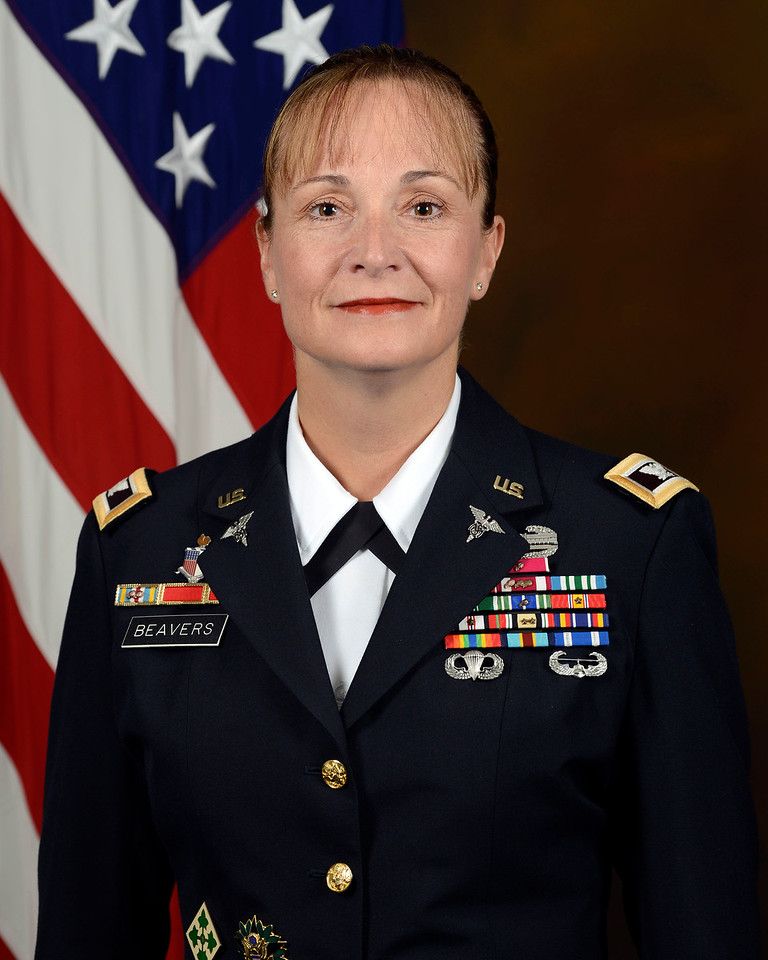
Defense Health Agency Delivering on Health IT Modernization Effort
By Col. Beverly Beavers, Medical Service Corps, United States Army, is the Division Chief of the Infrastructure and Operations Division within the Defense Health Agency (DHA)

By Col. Beverly Beavers, Medical Service Corps, United States Army, is the Division Chief of the Infrastructure and Operations Division within the Defense Health Agency (DHA)
